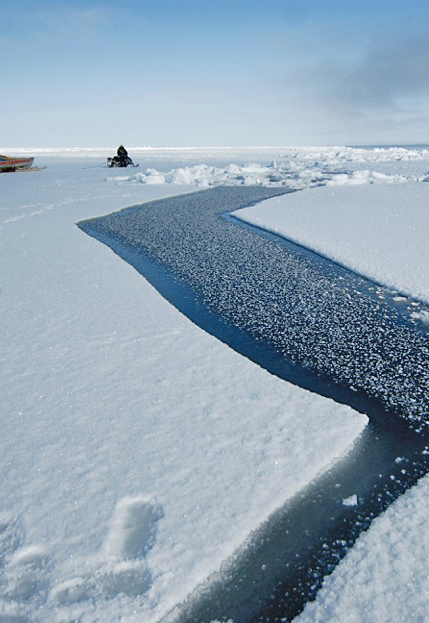A
applepowerpc
Guest
I think we should help the Inuit. Not because we have a moral obligation to, but because I find the preservation of their culture a valuable thing, worth preserving--analogous to preserving an endangered species. Let me explain:
The Inuit are where they are because they are resistant to change. Global warming is a change--and that change is far more pronounced at the poles. It impacts the entire planet, and that means everybody on the planet is going to have to change along with it--including the Inuit.
That being said, there is a richness to preserving other cultures, and I think we should do that. The oil companies are destroying their habitat up in Prudhoe (If not causing the global warming altogether), and I see no reason why the same supply chain that enables the pipeline canot enable the Inuit to preserve their way of life.
The Inuit are where they are because they are resistant to change. Global warming is a change--and that change is far more pronounced at the poles. It impacts the entire planet, and that means everybody on the planet is going to have to change along with it--including the Inuit.
That being said, there is a richness to preserving other cultures, and I think we should do that. The oil companies are destroying their habitat up in Prudhoe (If not causing the global warming altogether), and I see no reason why the same supply chain that enables the pipeline canot enable the Inuit to preserve their way of life.
Upvote
0

